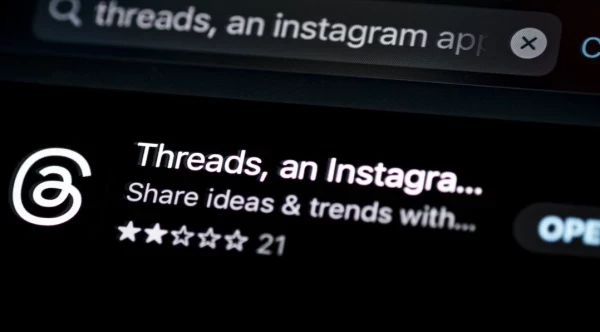Thanks to Call Center Problems, Companies Failing on Customer Service
Add bookmarkWith so much attention paid to the transfer of customer service into new channels, companies are suffering the consequences of overlooking shortcomings in the traditional call center.
Utilities companies, in particular, have come under fire for customer service issues, erasing some of the sympathy they might have garnered over news that customers will not relent in their frustration over the response to Hurricane Irene
According to an audit ordered by the Kentucky Public Service Commission and conducted by The Liberty Consulting Group, two of the state’s major utilities companies have "numerous problems with customer service operations" and have seen customer dissatisfaction increase since 2008.
[eventPDF]
Signaled by longer hold times and less satisfactory resolutions, customer service woes have persisted even as the companies’ executives have expressed their commitment to improving the customer experience (or, in some cases, early progress), revealing the importance of ongoing action—rather than mere decision—in customer management.
You might not love the traditional call center, but you cannot ignore it
Given those pain points for customers, it is no surprise that the audit of the LG&E and KU call centers found consistent failure to meet "internal goals for answering calls quickly" and an absence of the monitoring needed to assure calls are handled properly. If call center representatives are not even meeting internal goals for performance, how can they be expected to dazzle the disgruntled customers who seek their support?
And the problem is more significant than a mere failure to reduce hold times. According to the findings, call center staffing issues—namely high-turnover and inadequate recruiting and training programs—create a customer support workforce that hinders the ability to improve the customer experience.
High-turnover rate in the call center is nothing new, yet the evidence shows no significant progress in alleviating the problem. Until customer service organizations determine how to better engage their workforces, they will consistently be at risk of putting under-qualified, emotionally-detached reps in the line of customer fire.
As the audit found the staffing challenge to be amplified by "utility hiring and training practices," blame for high turnover cannot simply be blamed on the culture of today’s workforce. Companies are simply not doing everything possible to turn their agents into immensely-effective customer service ambassadors.
With physical staffing bottlenecking utility customer service, one might logically conclude that automation would ease some of the strife.
Technology, interestingly, has not helped matters. The introduction of a new billing system in 2009, alongside new rates, exacerbated customer frustration, leading to "high call volumes that overwhelmed the call centers and led to further declines in customer service." Worse, agents have apparent difficulty using the new system, compounding the impact of higher call volume.
In fairness, the entirety of utility customers’ dissatisfaction does not originate in the call center. As with east coast companies’ failure to restore power after Hurricane Irene, the audited Kentucky utilities are coming up short in the actual services they provide. Customers report inaccurate billing, and the policies for disconnecting delinquent residents are murky and inconsistent.
But call centers need to prioritize CRM, and as the workforce tasked with re-entering the good graces of those who feel the companies are under-delivering, the representatives are game changers in the customer service process. If they are efficient and helpful, they can turn service concerns into increased customer loyalty. If, however, they lack the knowledge, sincerity and ability to resolve the problems, they send the message that issues with the service are not simply anomalies—they are reflective of a system-wide breakdown.
What to do, what to do?
Will more strategic use of self-service, social media and proactive customer experience measures improve satisfaction? Most likely.
But for as long as customers view the traditional call center as a resource, utilities companies—and all businesses—cannot skimp on making the necessary improvements.
The Liberty Consulting Group’s audit makes some valuable recommendations for rooting improved customer satisfaction in the call center (expanded upon by CMIQ):
- Adequate staffing is necessary. Both surveyed utilities companies are making progress on this front, but it needs to remain an actionable priority.
- Once the right staff is in place, retention has to become a priority. Call center agents cannot be replaceable commodities; they must receive proper call and product training, coaching, management and cultural integration. The utilities companies, again, are beginning their quest, but this must be a cornerstone of customer service strategy going forward.
- Improve the use of technology. Technology is worthless if it does not create a more user-friendly experience for the customer and a more efficient process for the agent.
- All levels of the organization must commit to customer service and show evidence of their commitment in their actions.
What are you doing to assure your call center does not slow progress in delivering the ideal customer experience?
And, if you're a utilities company looking to ramp up your customer service, check out the groundbreaking Customer Relationship Management for Utilities Conference.





















